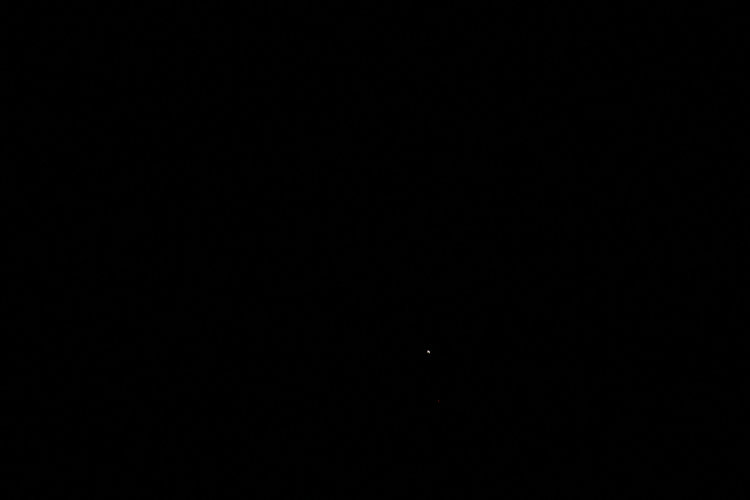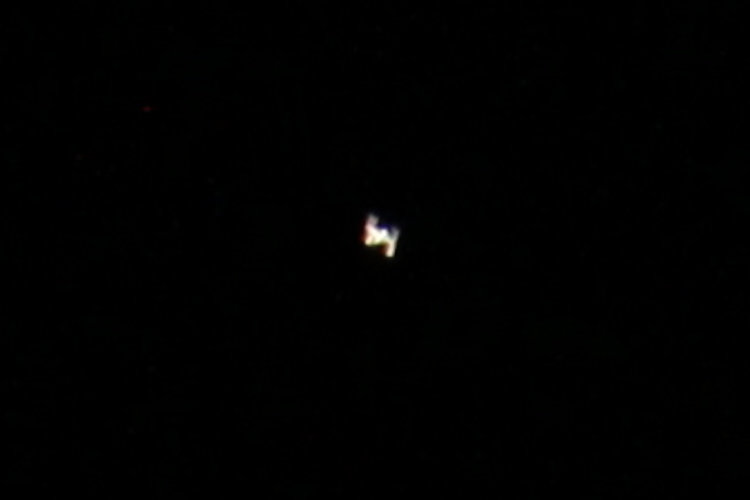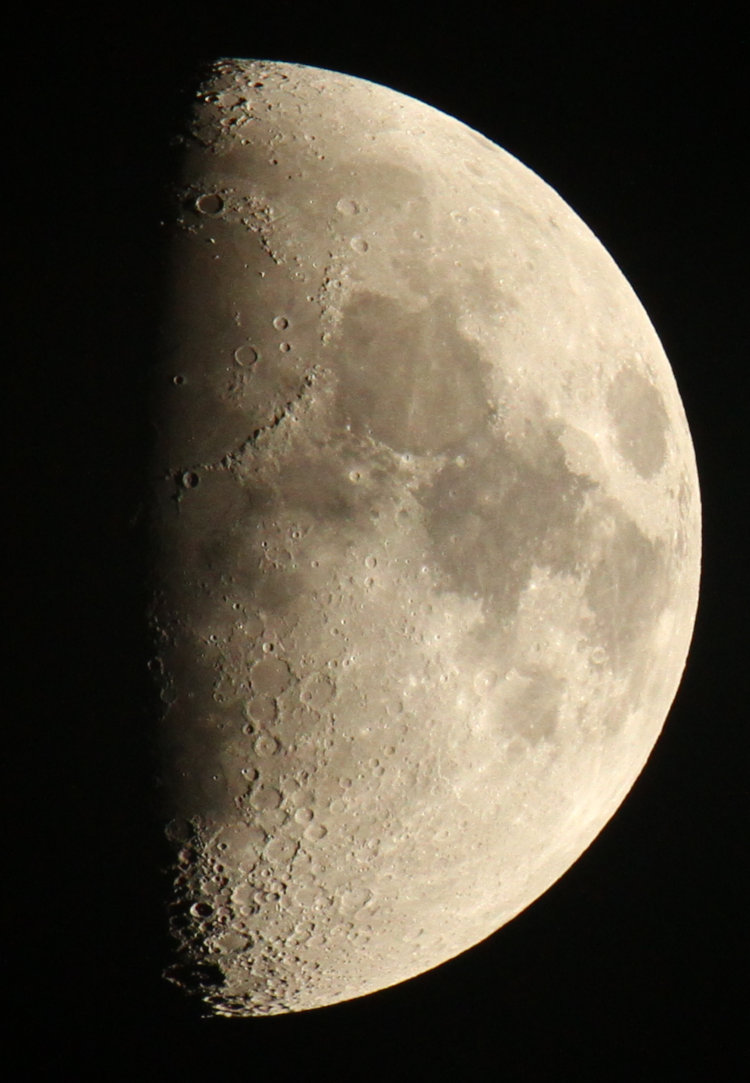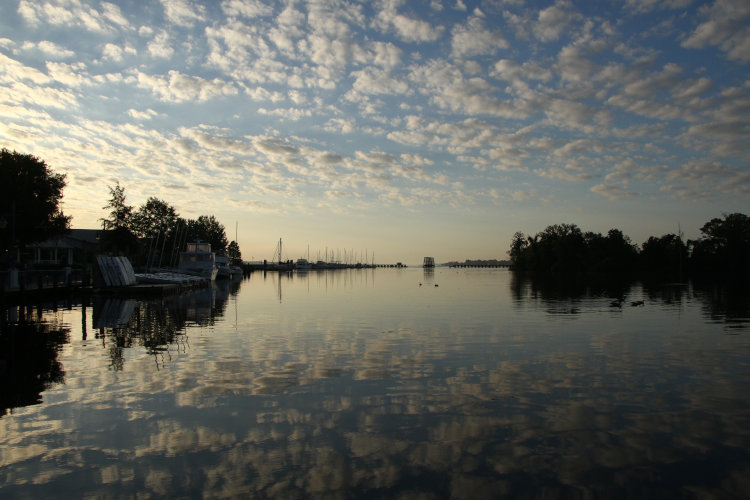
The function of getting established at the new Walkabout Estates is going much slower than intended, primarily not our fault – we’re still waiting for the truck with most of our belongings to arrive. Until that time, we’re bouncing back and forth between minor repairs/improvements and exploring the area, but this has included going down to the waterfront soon after sunrise on two separate occasions now, which is a nice way to start the day.
I had a faint concern that I’d be leaving behind my fertile environment for treefrogs and anoles, though with a pond out back it wasn’t a serious concern, and I’d spotted an anole even when we were first looking at The Manor. These concerns were completely eradicated within a few hours of starting the move-in; the Carolina anoles own The Manor, and are graciously allowing us to live here. They litter the property and can be found everywhere, including very often within the screened porch and once even within The Manor itself – luckily we discovered this before The Boogs did, and escorted the lizard back outside.
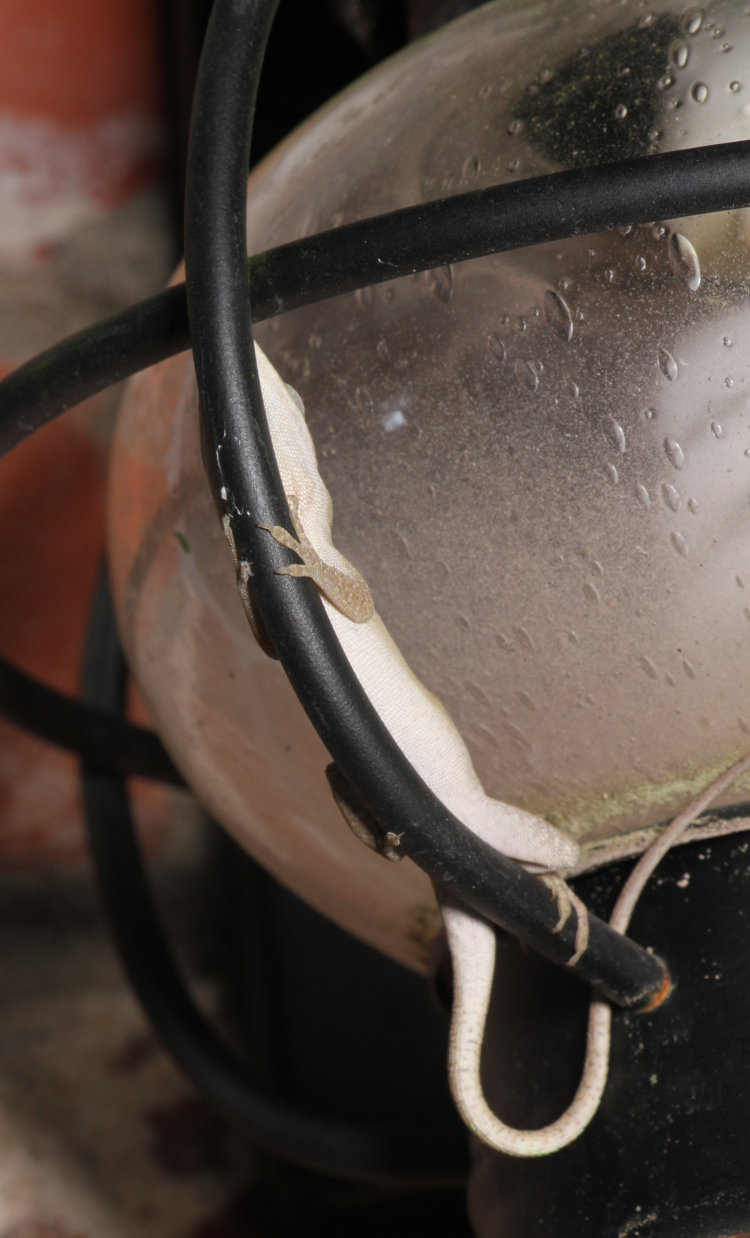
This was last night, on the light outside the back door – looks awkward, but the lizard seemed fine with it, and took its time this morning getting up and warming itself on the black dome on top. Another view:
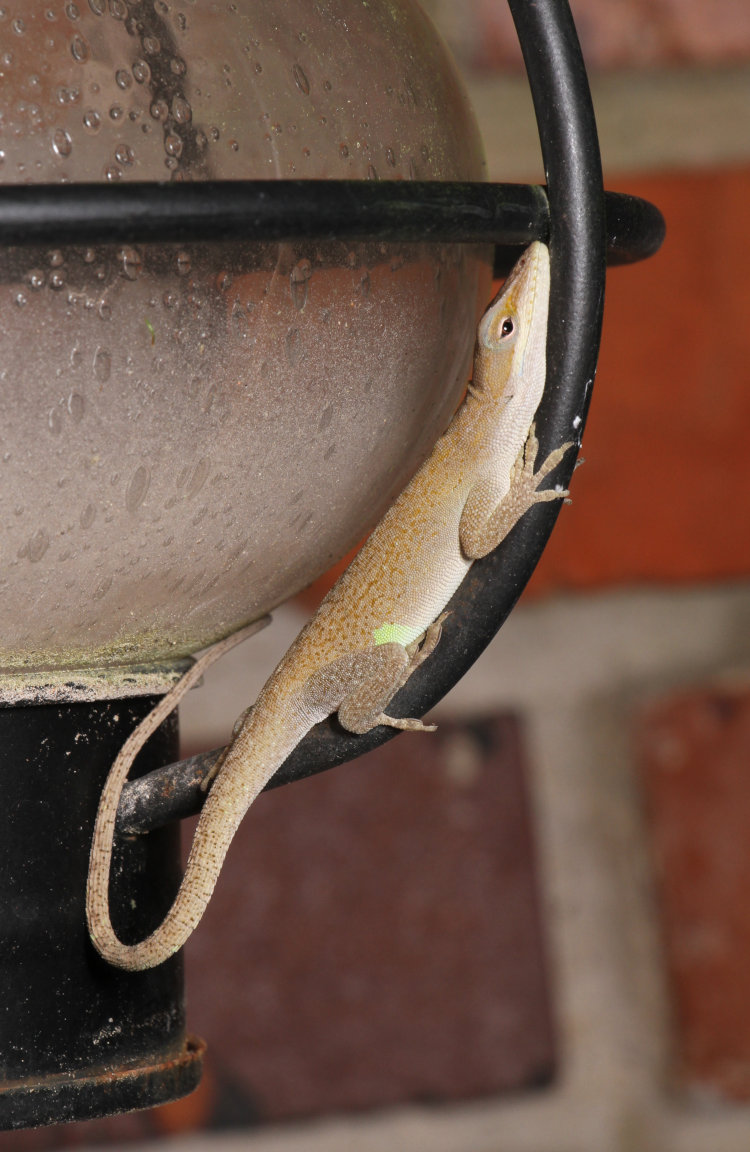
Just doesn’t look comfortable, but it’s better than the one who chooses to sleep between the back door screen and the decorative framing, looking as though it got flattened within them, and that one has done it multiple nights.
Out front, a newborn had selected an oak tree sapling as its nighttime perch, much like the Japanese maple back at Old Walkabout Estates; on a previous night, it was so aligned with the shape of the leaf that it looked like a diseased section spreading from the middle, less so now that I finally got the camera in hand.
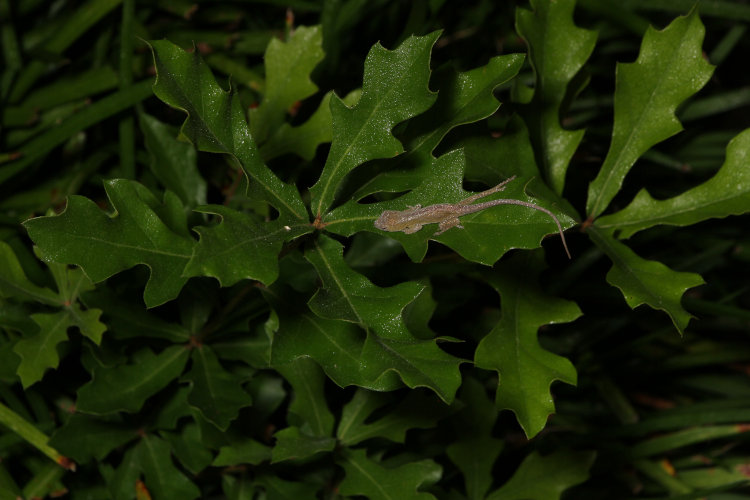
This was early this morning, and the dew deserved a closer look of course:
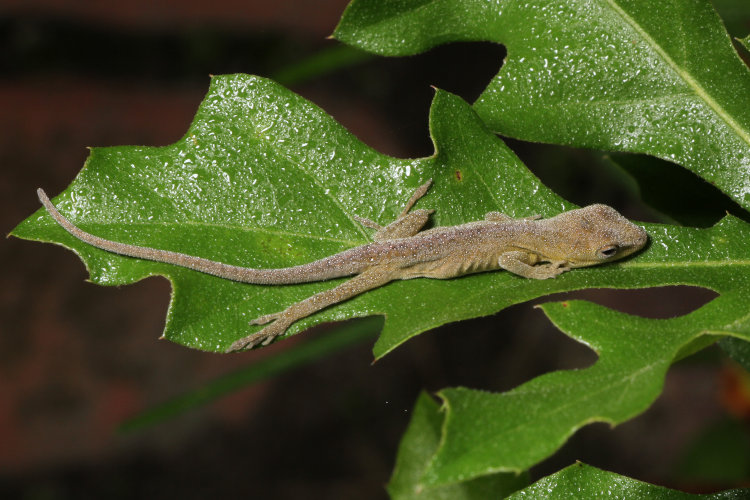
We’d seen this one in the same general location both day and night, never seeming to wander more than a meter, though underneath is liriope that offers plenty of camouflage and shade, and presumably food as well. During the same photo session, I discovered that another of roughly the same age (this year’s brood) was sharing the same patch, about two meters off.
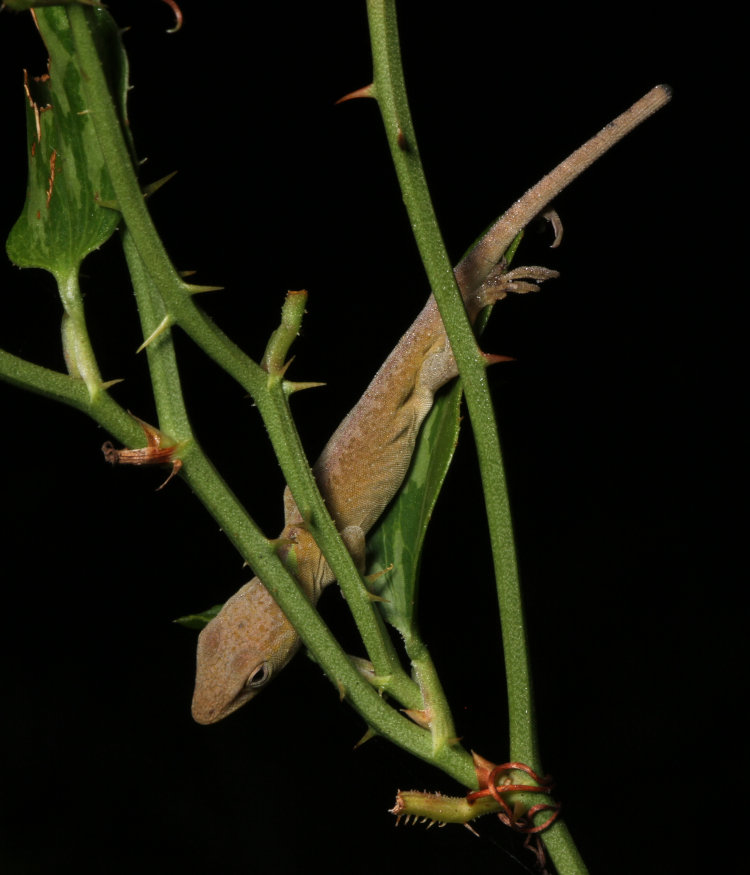
This one had chosen a small sprig of greenbrier (Smilax) that was erupting from the liriope. Helpfully, this one had docked its own tail so they could be distinguished from each other – so cooperative! No, I doubt this was an injury from a territorial dispute, because they’re too young and I don’t think they really get aggressive about that until mating season anyway – I’ve watched plenty of closer encounters among the adults in the past few days and they don’t seem inclined at all, just giving one another barely adequate space. Both the greenbrier and the oak sapling will be removed from the decorative patch, but possibly not until late fall now, once the anoles have gone into shelter for the winter – I mean, c’mon.
Cute, right? Okay then, you can’t complain as we switch subjects.
Right alongside the front door as I came inside from the anole photo session, we had someone else standing guard high on the wall.
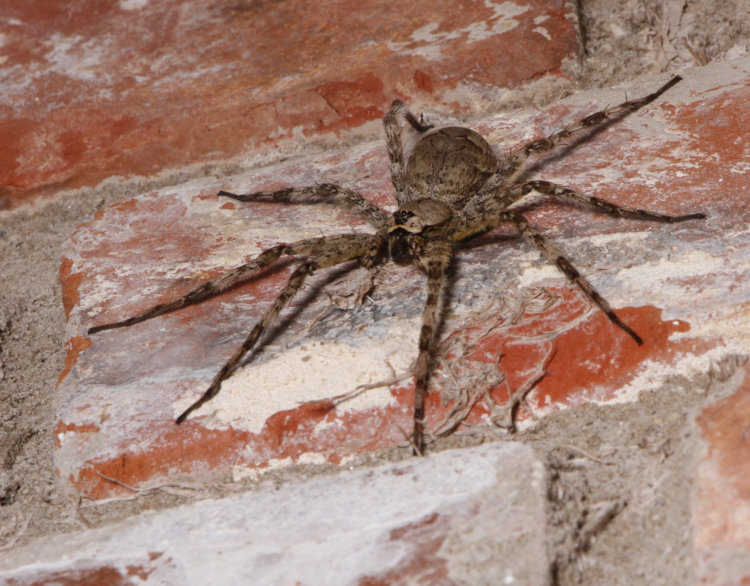
It’s funny what I end up doing when I start writing posts, because I just went out and measured the width of the brick to give an idea of scale: they’re standard bricks so about 60mm in width, meaning her leg spread is slightly more than that, while the body is somewhere around 25mm in length. This is most likely a dark fishing spider (Dolomedes tenebrosus,) as indicated by that ‘mustache mark’ that doesn’t show too well at this resolution, but the double row of eyes pegs this as the fishing spider family – wolf spiders have the posterior lateral (back outside) eyes well offset to the rear and more sideways. She’s still there as I type this, but high enough to require a step stool for specific measurements, plus my calipers are sealed in a box on a truck someplace that is not here. And as big as she is, she’s notably smaller than the next specimen.
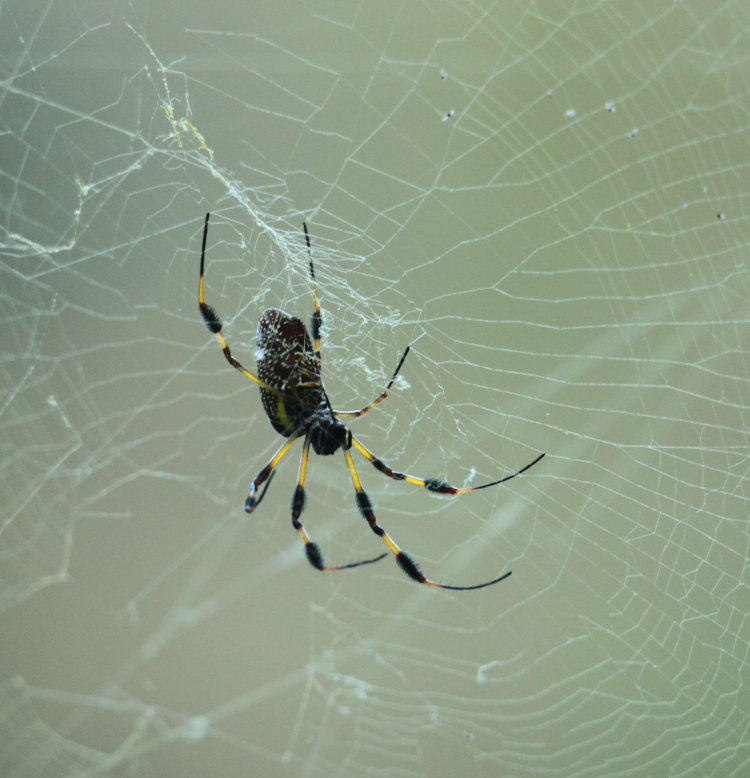
That’s a golden silk orbweaver (Trichonephila clavipes) out over the pond, and her leg spread is at least half-again that of the fishing spider, but probably closer to double – she’s even harder to reach so specific measurements aren’t coming anytime soon, and this was shot with the long lens. My first attempt was thwarted by humidity and poor preparation, since the moment that I got the lens out the other day, it fogged over from the post-rain steaminess (having been stored in the air-conditioned house) and didn’t clear until the light was too crappy to proceed. I believe that direct sunlight hits this spot for a brief period in the afternoons, so I’ll try again another day.
But that takes us in the direction of the pond, so we go to a pair of pics captured while I was in the middle of writing this today.
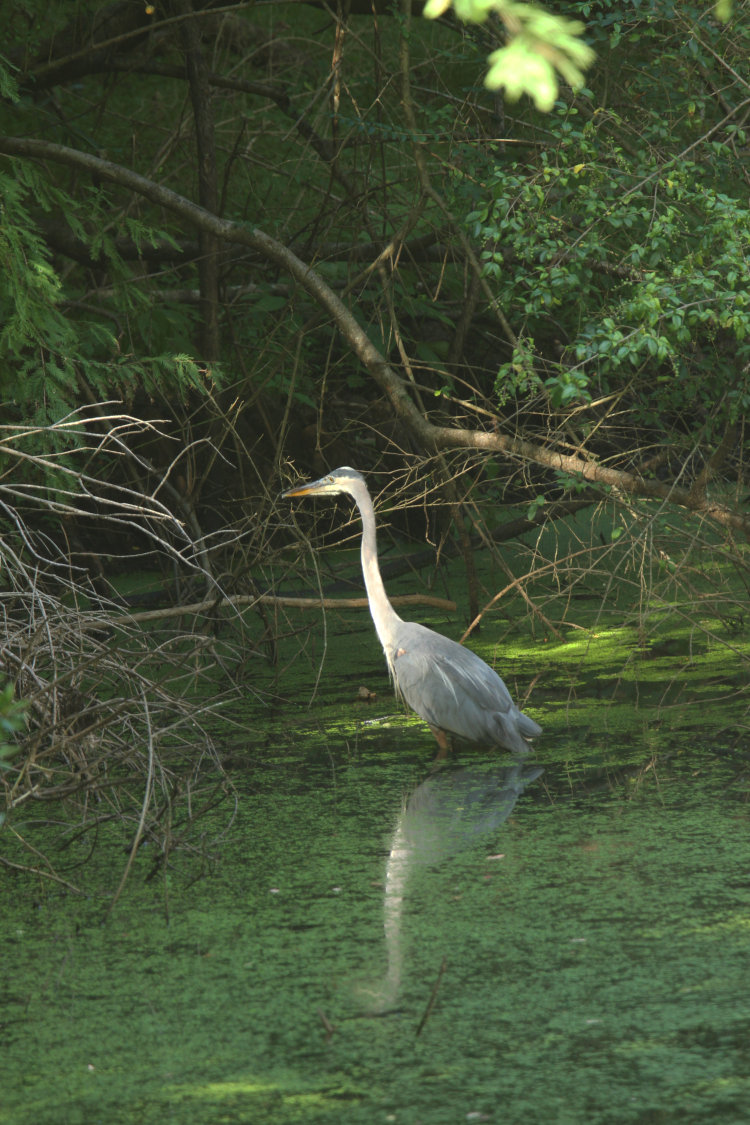
This one surprised me a little, because the trees crowd in around and throughout the pond and didn’t appear to allow the longer glide path that great blue herons (Ardea herodias) need to go in and out, but here we are. The green stuff on the water is duckweed and not algae, but yeah, the pond is more Louisiana bayou than a country swimming hole. Fine by me, as long as it keeps attracting visitors and residents like these – I spotted a green heron here during the home inspection, so I’m groovy.
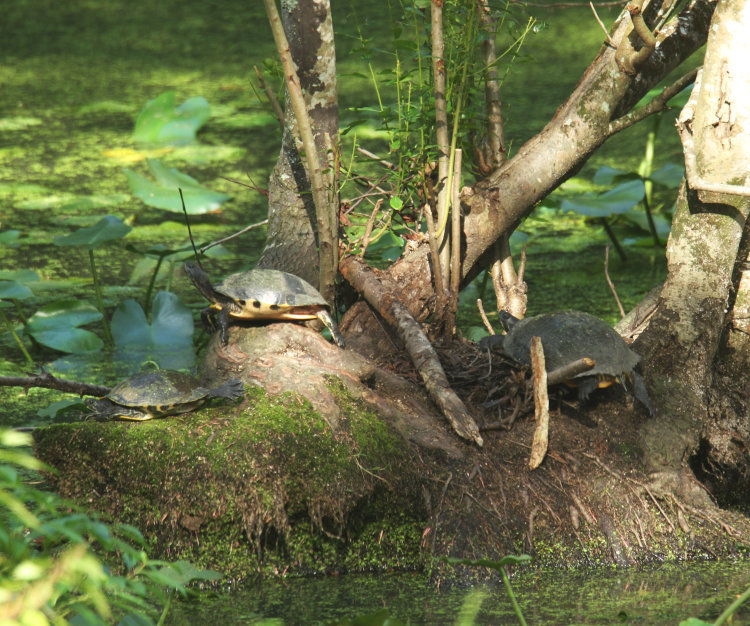
Those are all yellow-bellied sliders (Trachemys scripta scripta) and we have plenty of them, but they’re quite spooky and have to be shot with the long lens. Earlier in the day we saw a much smaller one among the cluster on this same hassock. And here I have to admit to something: I had vowed, many years ago, that if we obtained property with the right wet conditions, I was going to plant a bald cypress tree (Taxodium distichum,) because I think they’re great, but they really do need boggy conditions. We lucked out immensely with this property, because it has half a dozen right at the edge of the yard, all old-growth monsters – the ‘knees’ are going to make mowing a chore though, but I’ll cope with it.
And finally, we close with some more cuteness.
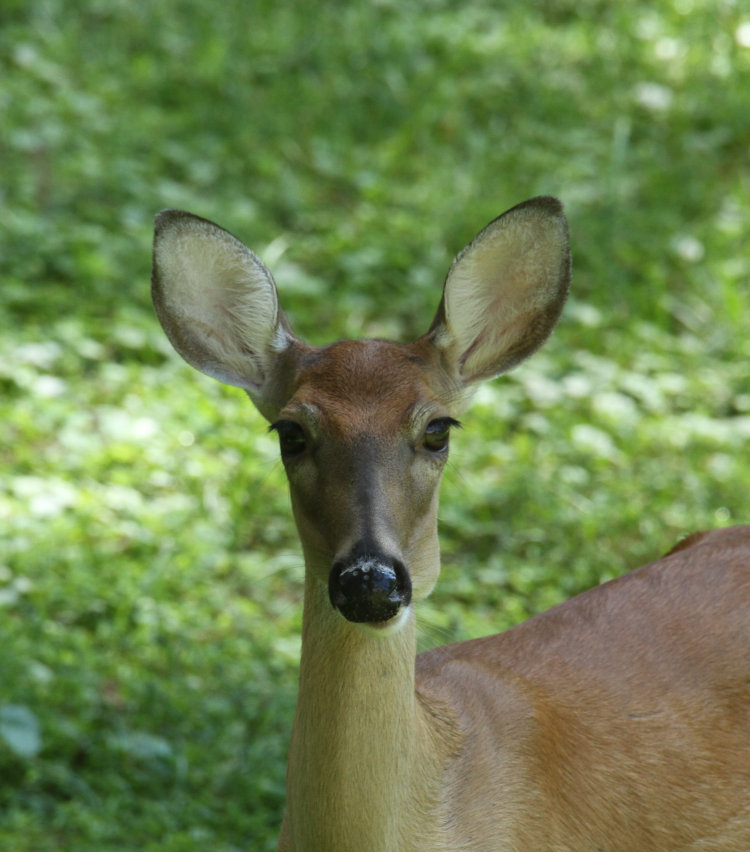
For two days in succession, we found a small herd of white-tailed deer (Odocoileus virginianus) at the edge of the back yard, and they’re quite spooky; this doe was small, but still might have been the mother to the next, close by:
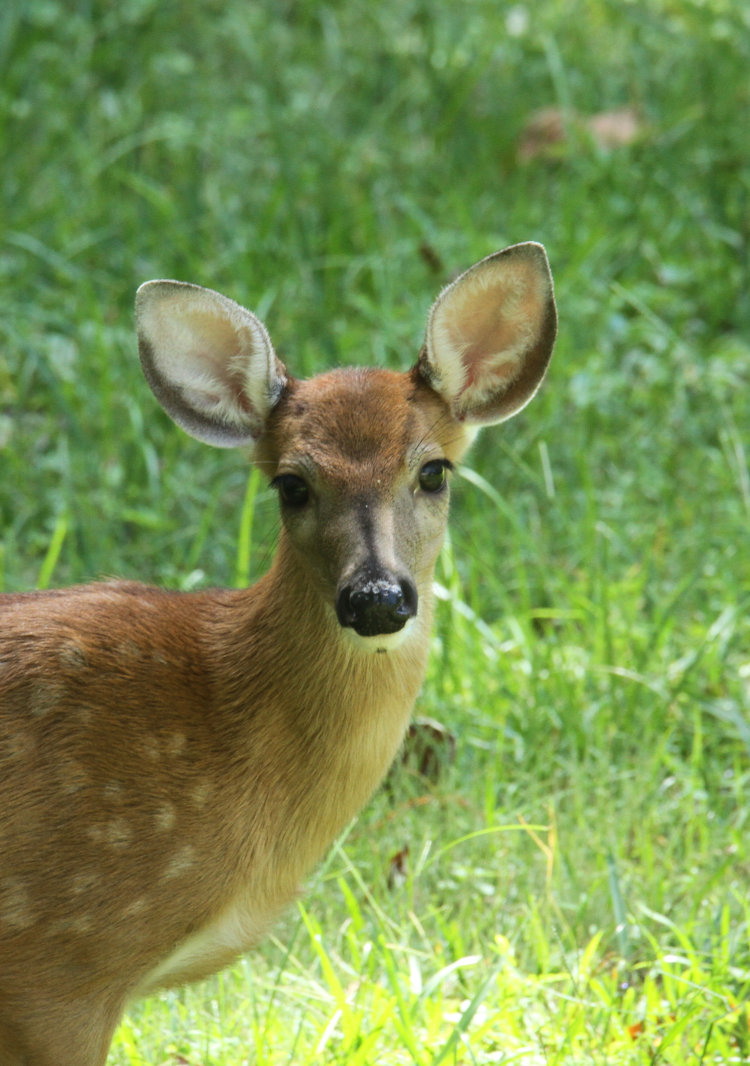
You can see that this fawn is just old enough to be losing its spots, and while I was remaining silent, I was in plain sight up on the deck and the camera still makes noise, so they watched me warily for a few moments before electing to move off into the undergrowth that borders the back of the property where the pond doesn’t; this is really a slick area for wildlife, so I’ll be able to keep busy (to say nothing of the options within the surrounding region.) But, we’ll have to see how many new species I can add.
Things may go quiet again (I think the last six or eight posts were all written in advance to appear while we were busy with moving stuff, which isn’t even halfway done yet,) but I’ll sneak in the time when I can.





















































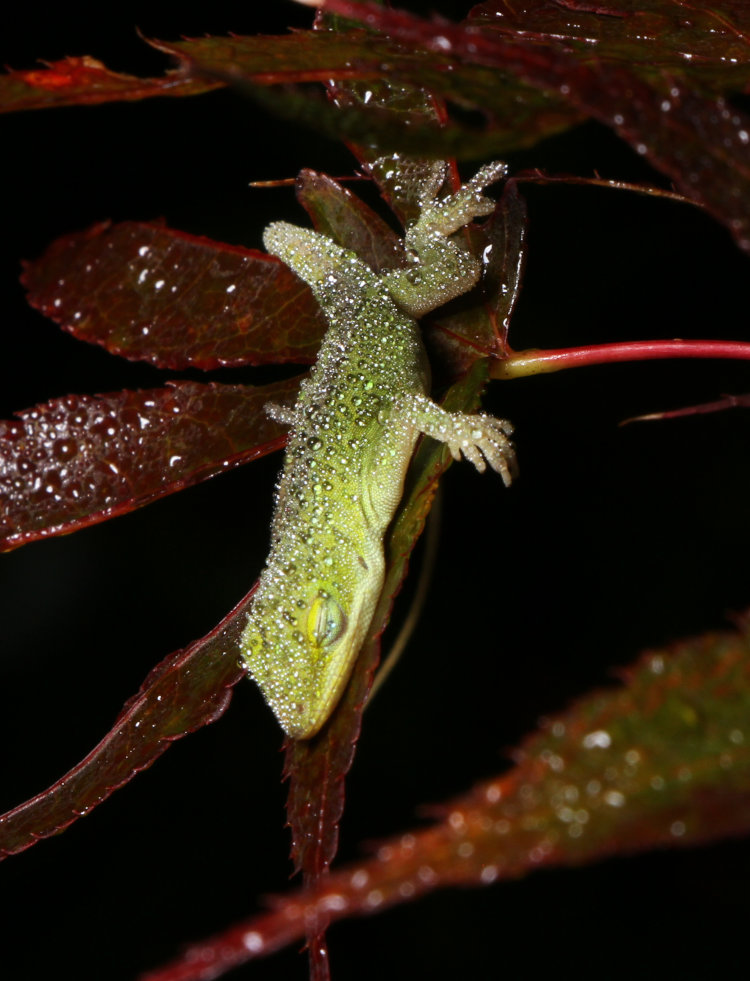



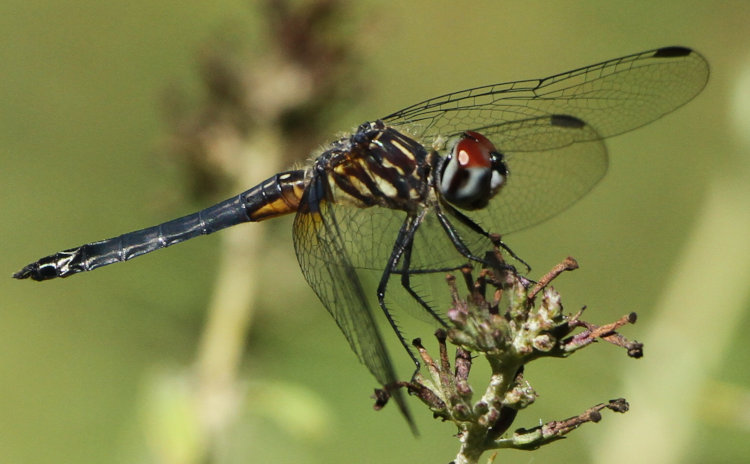

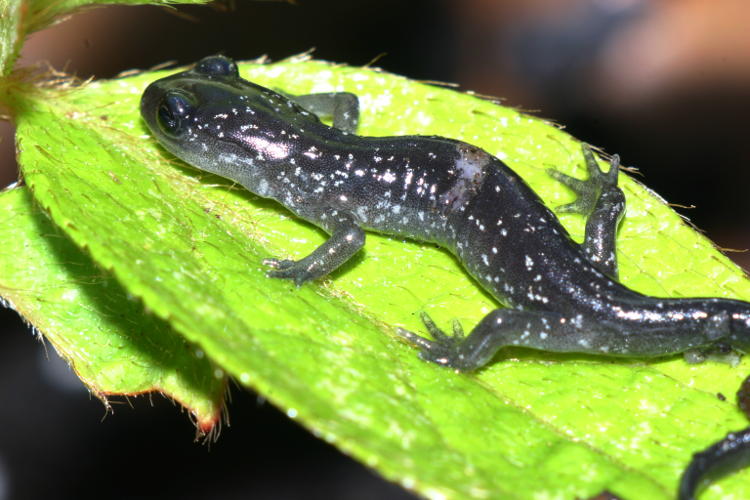
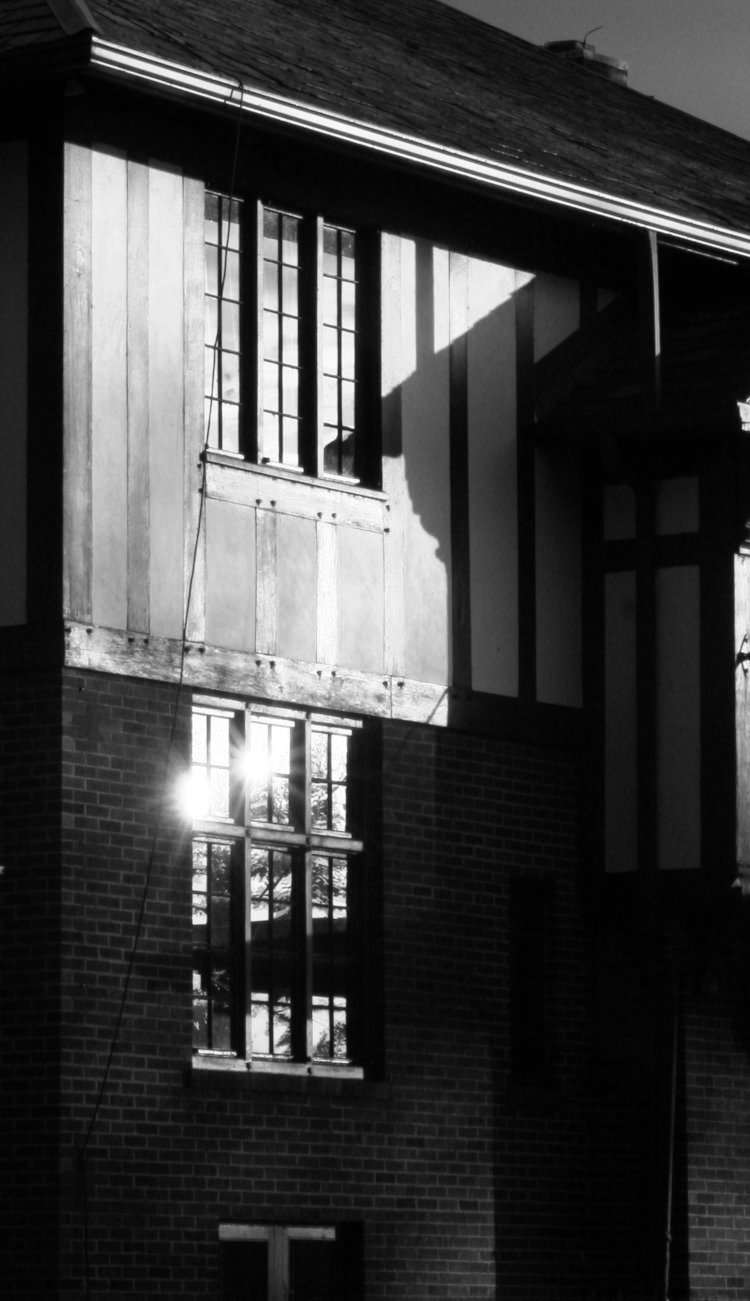
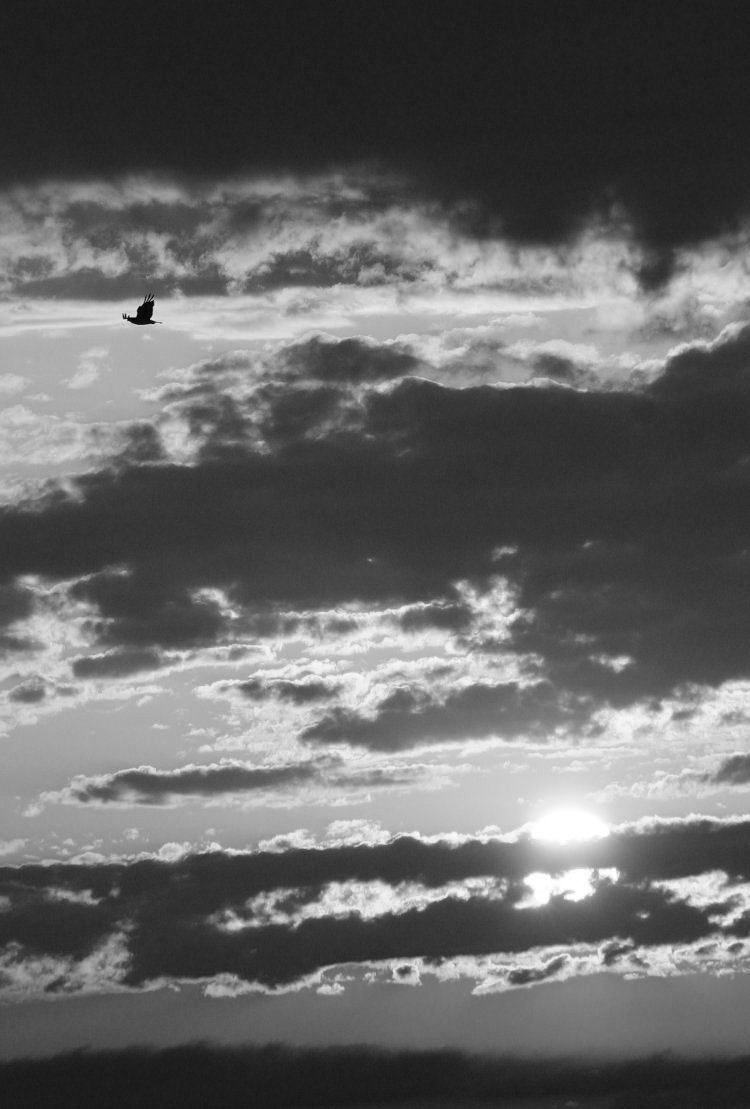
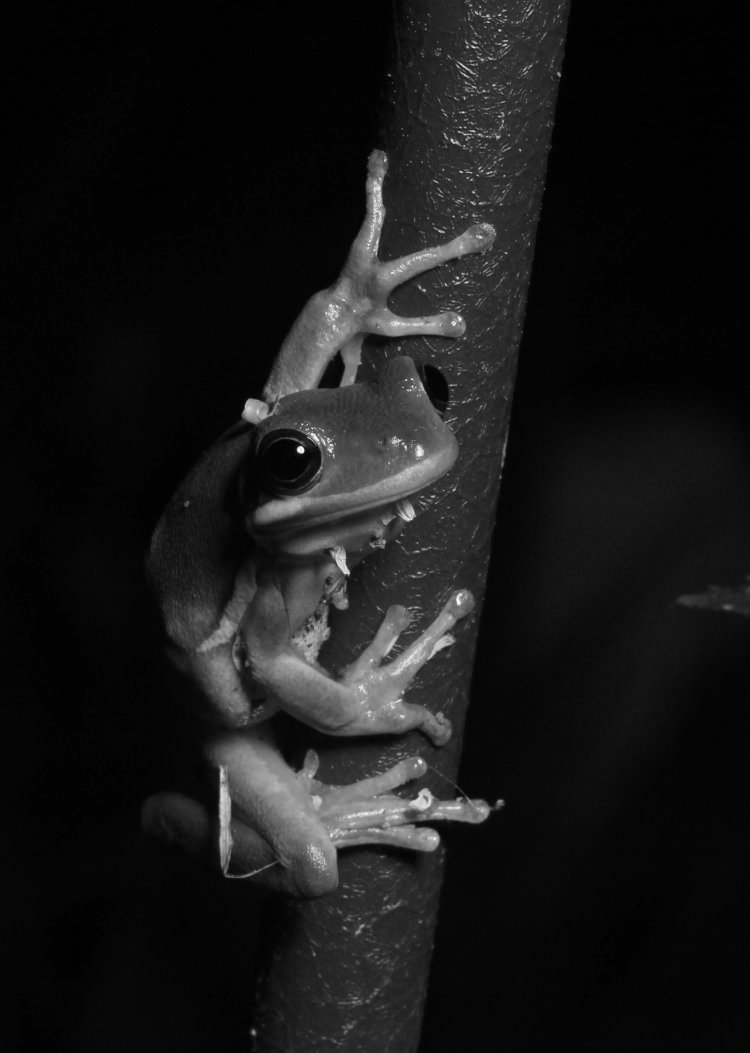

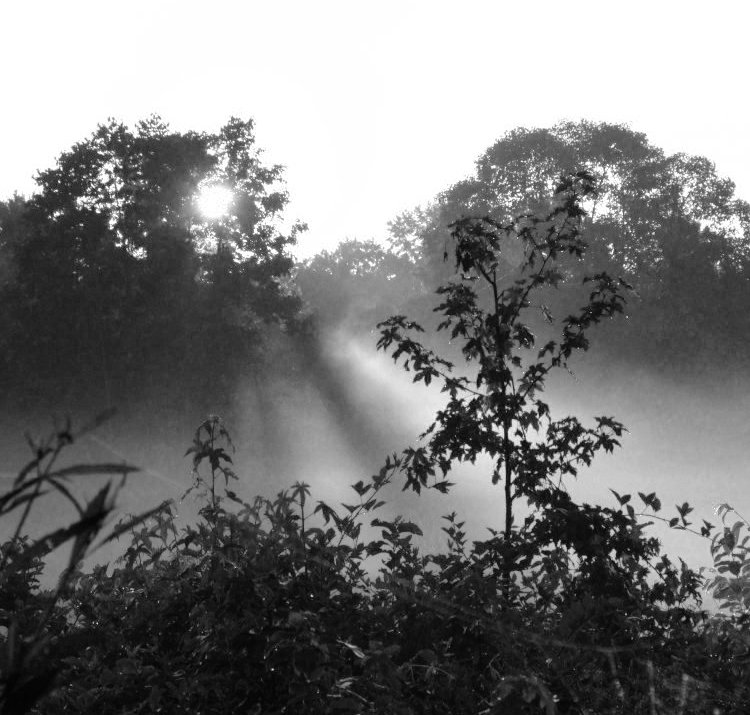
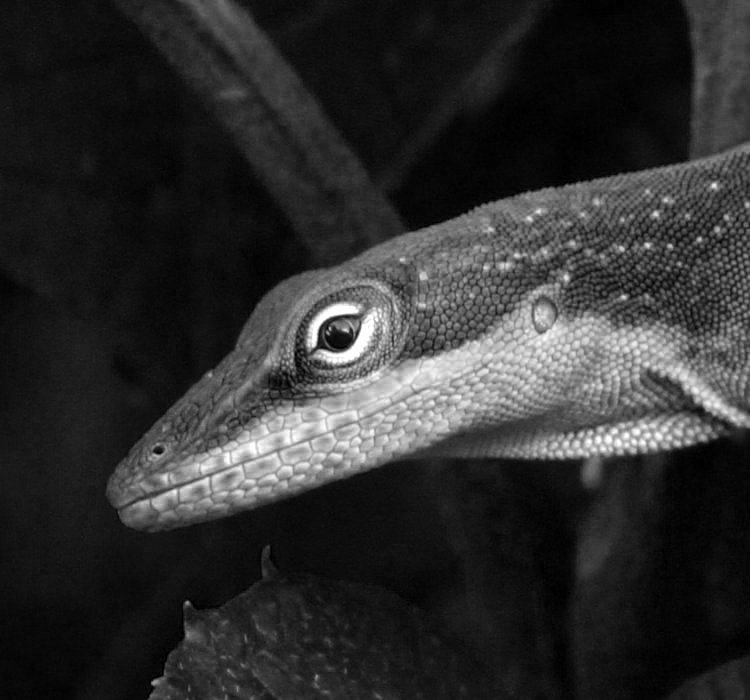
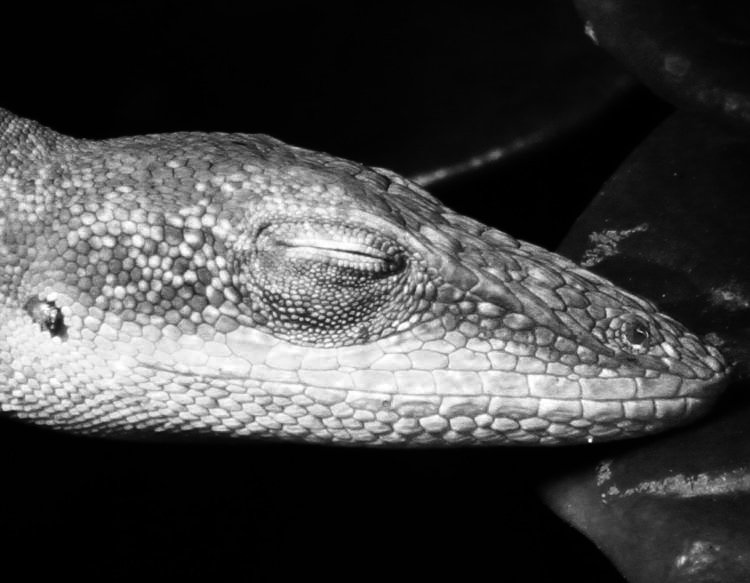
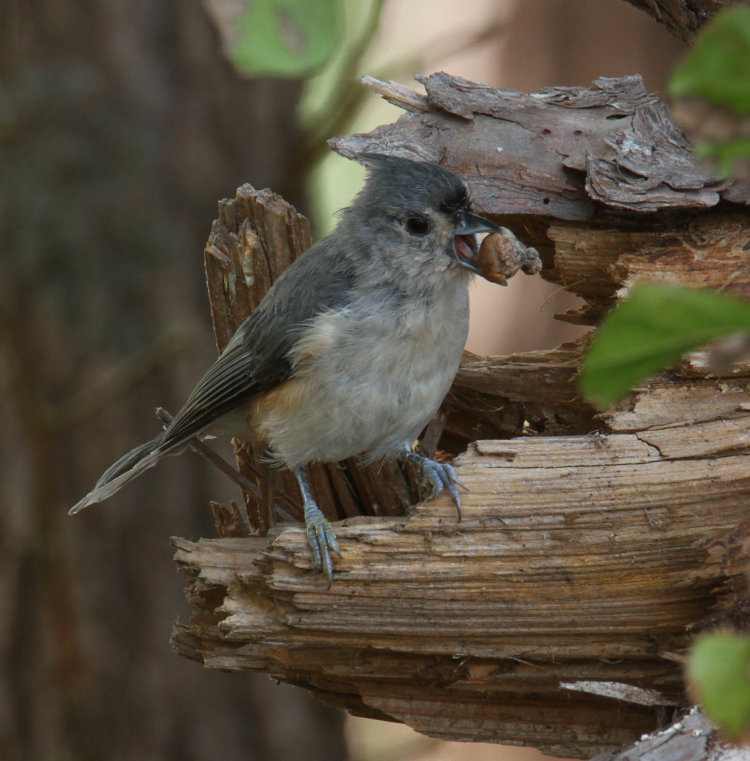
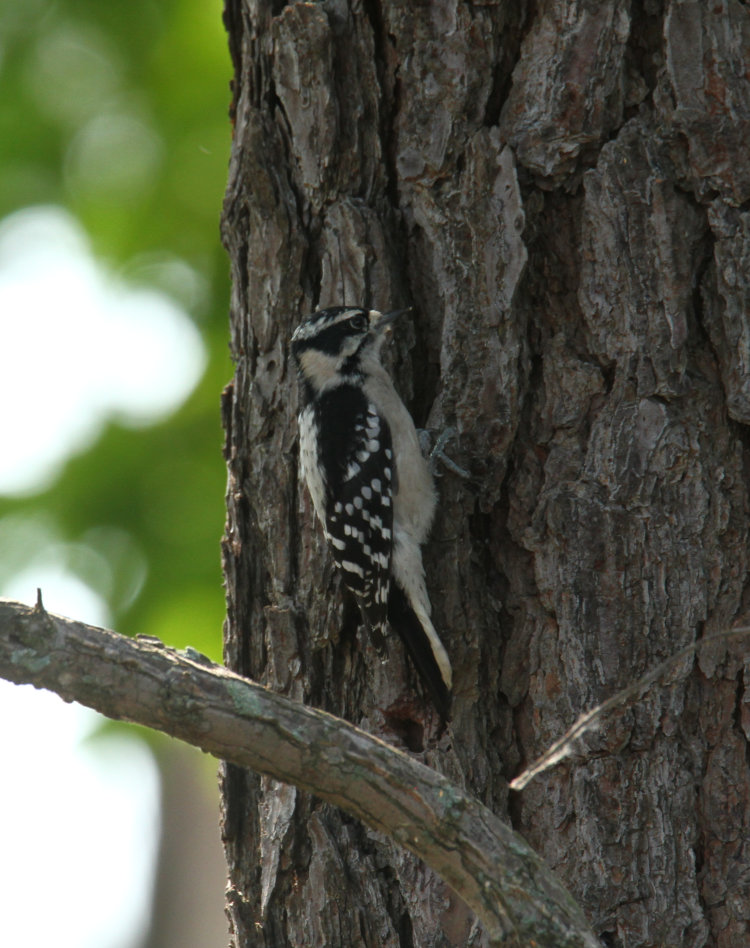
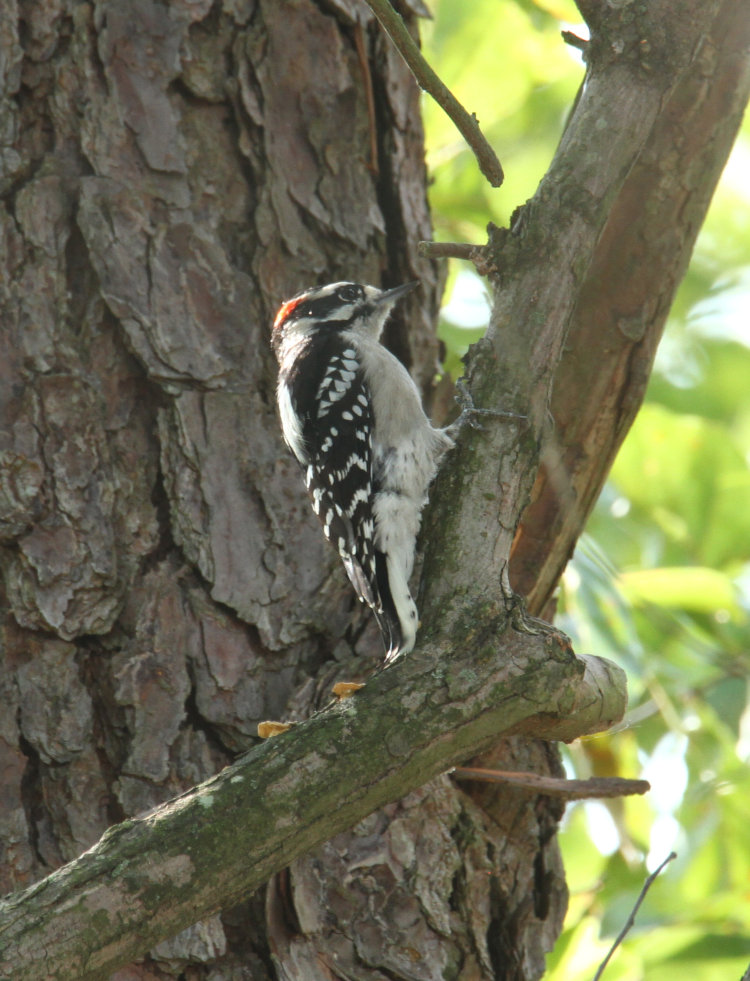
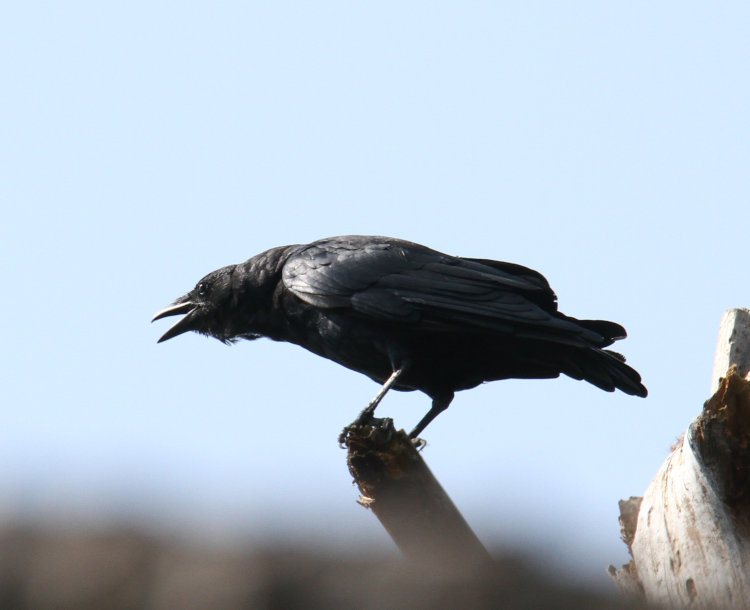
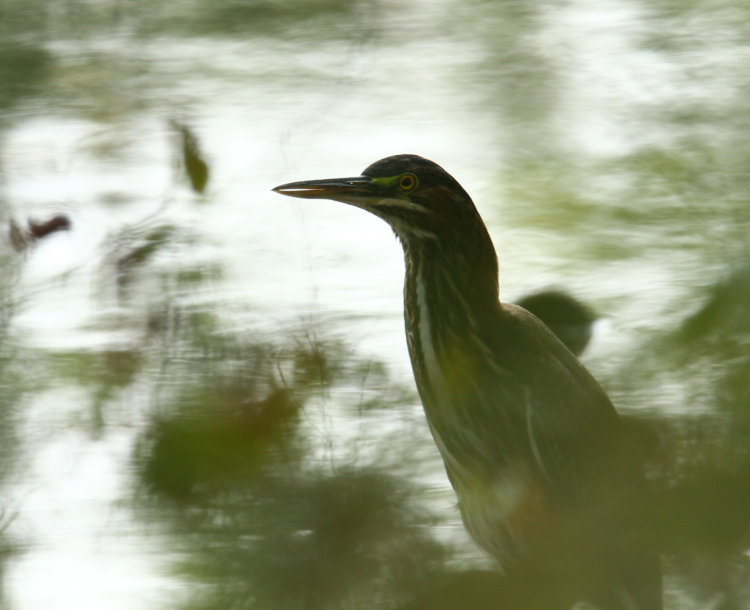

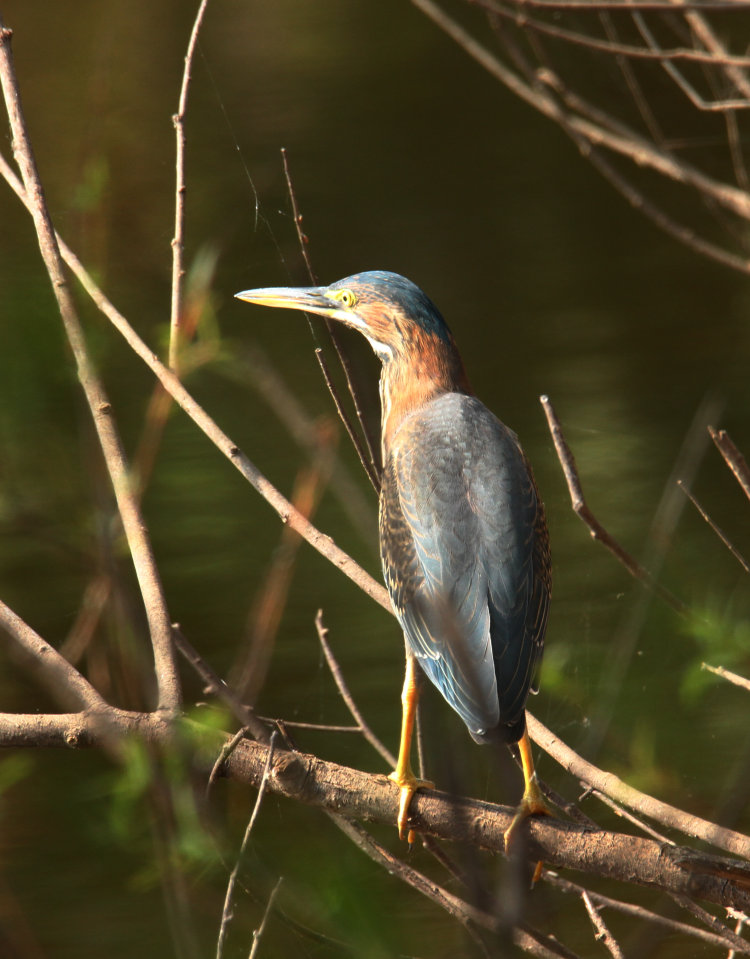
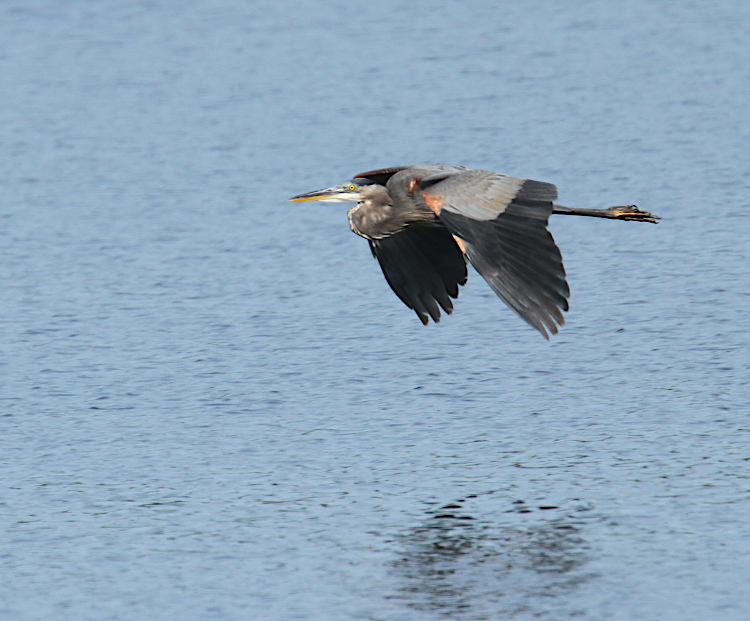
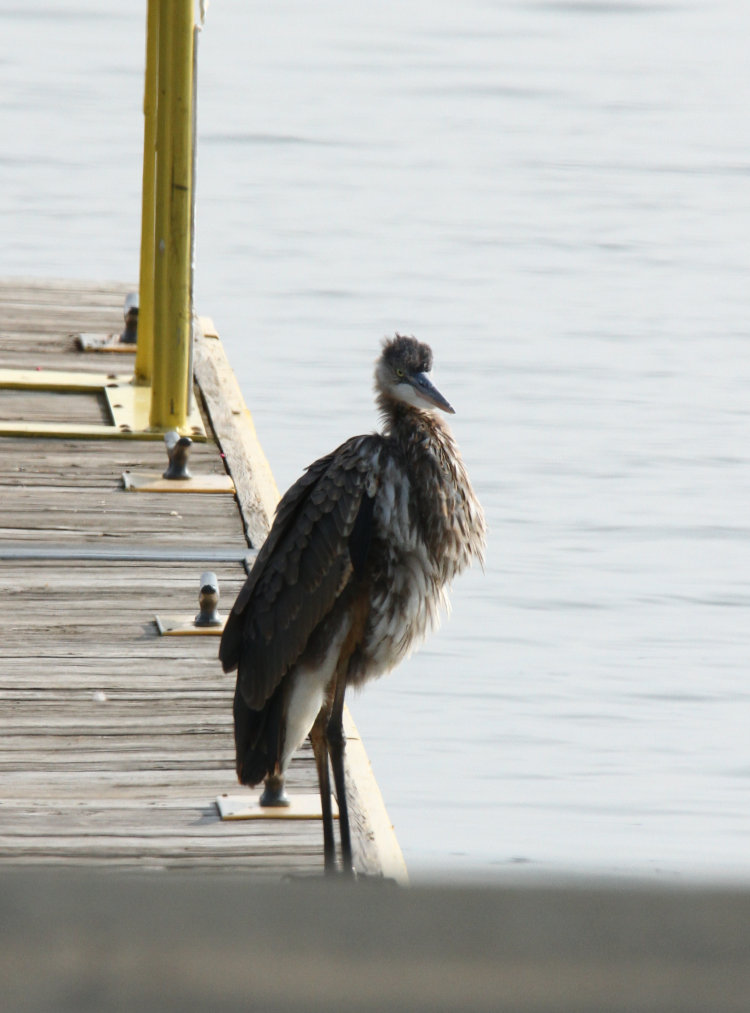
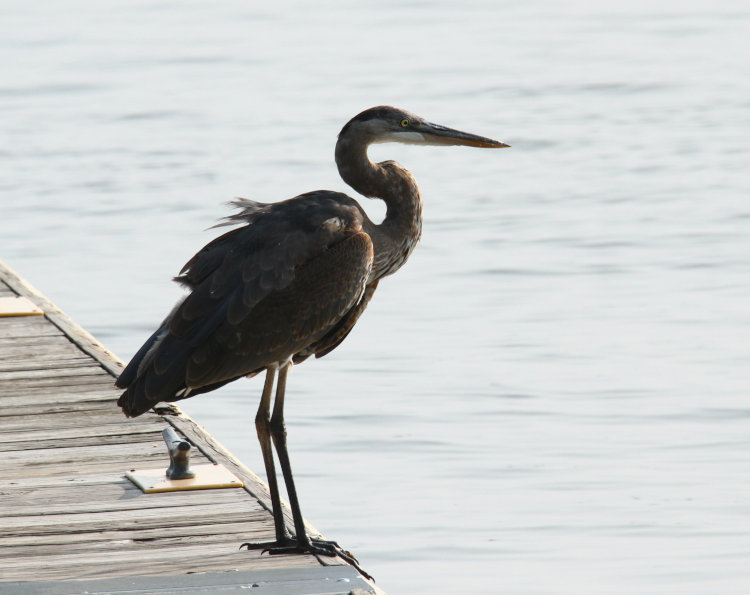
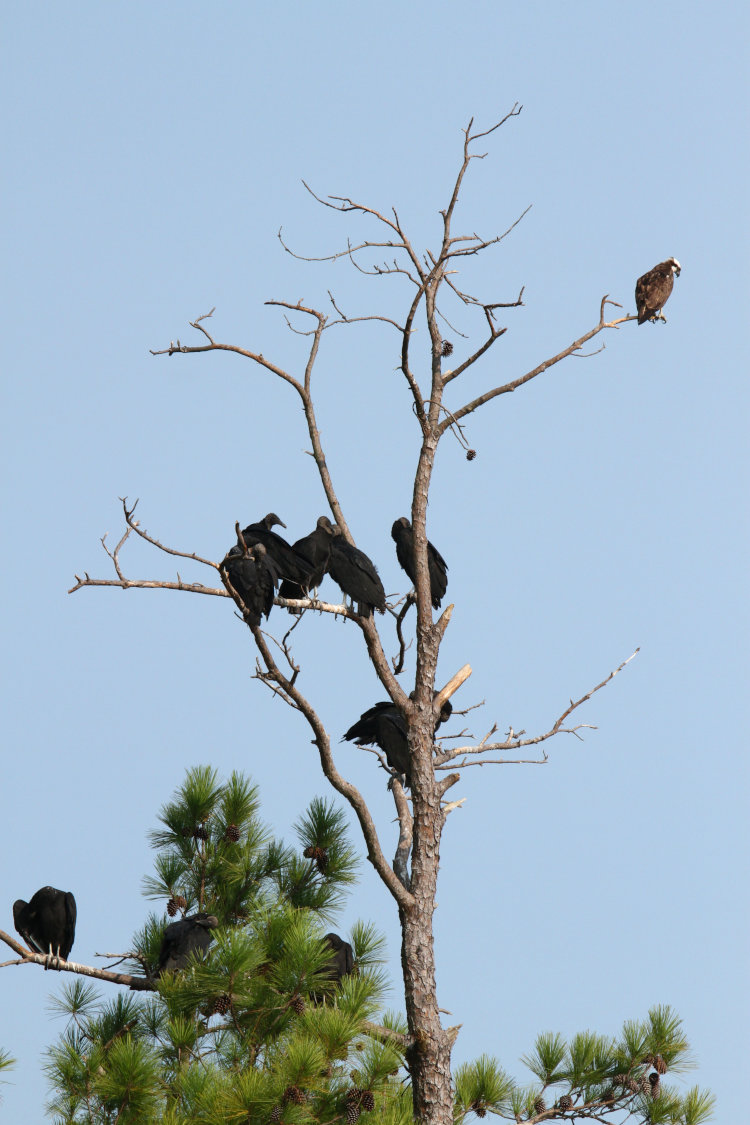
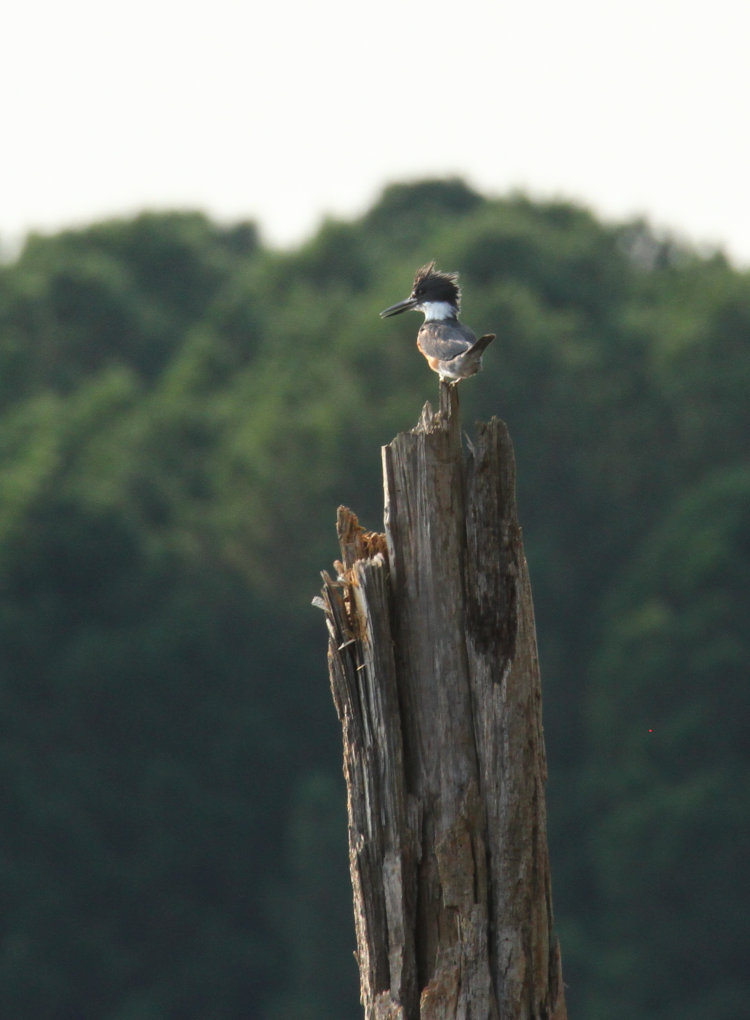
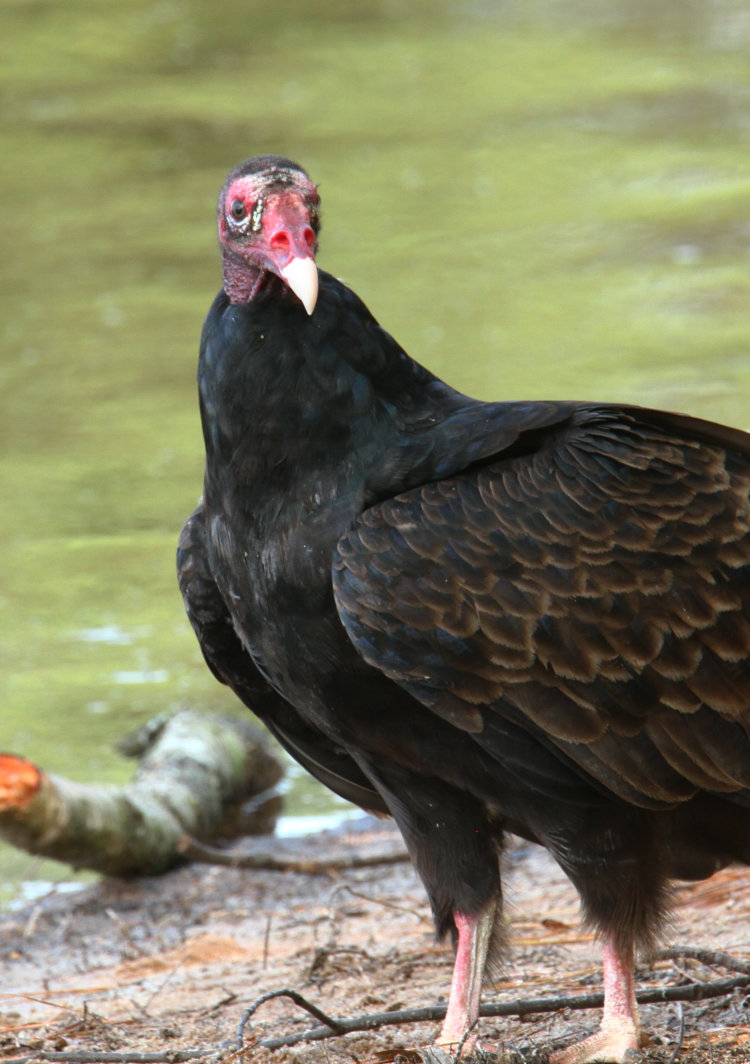
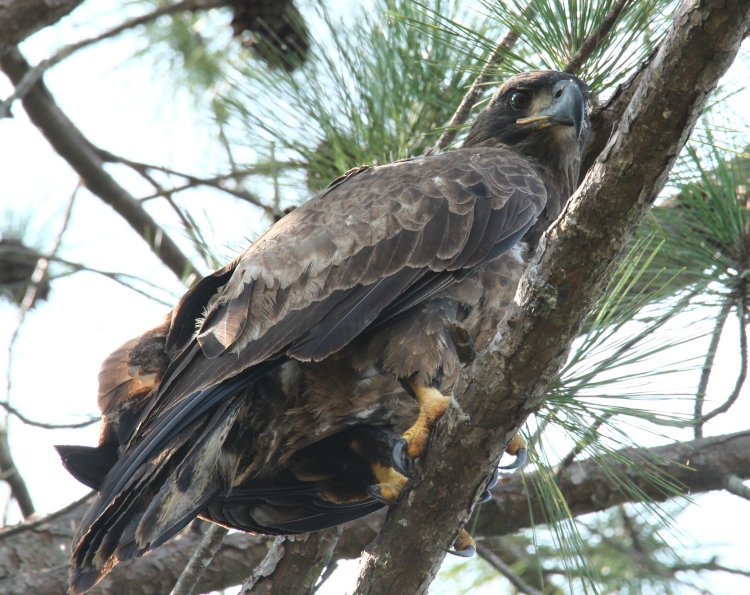
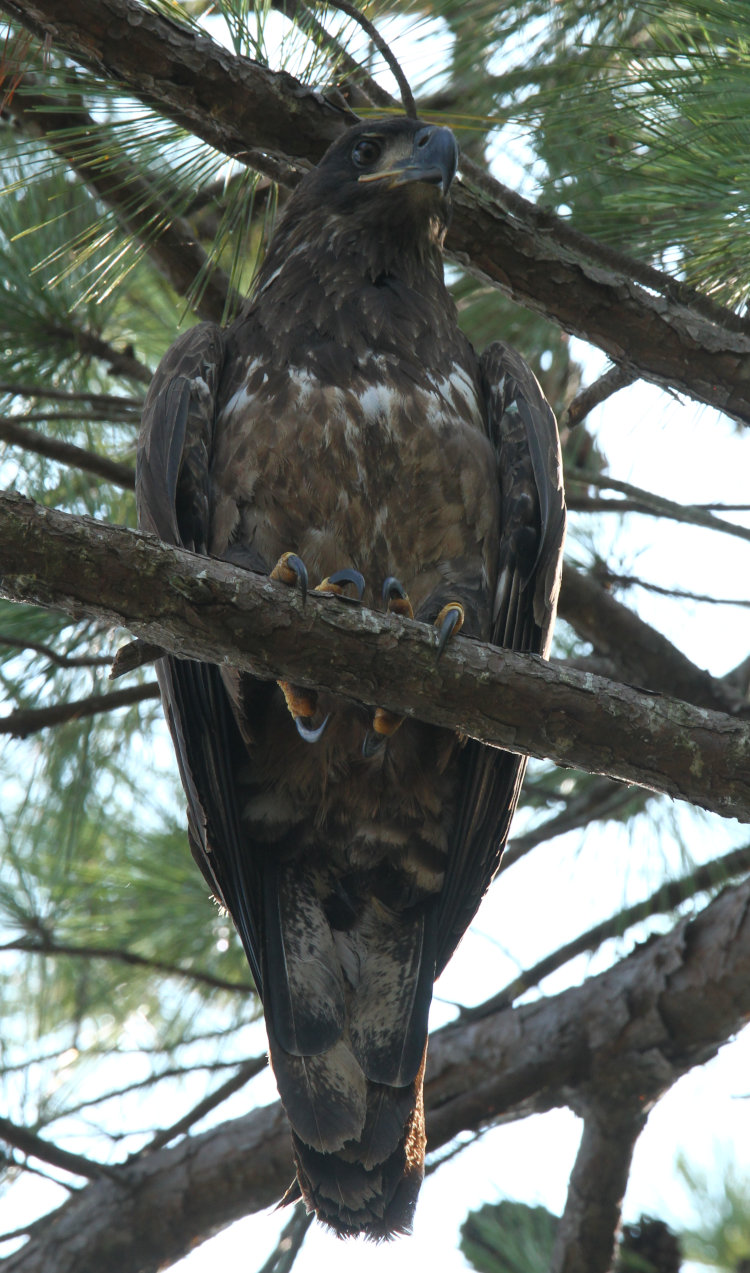
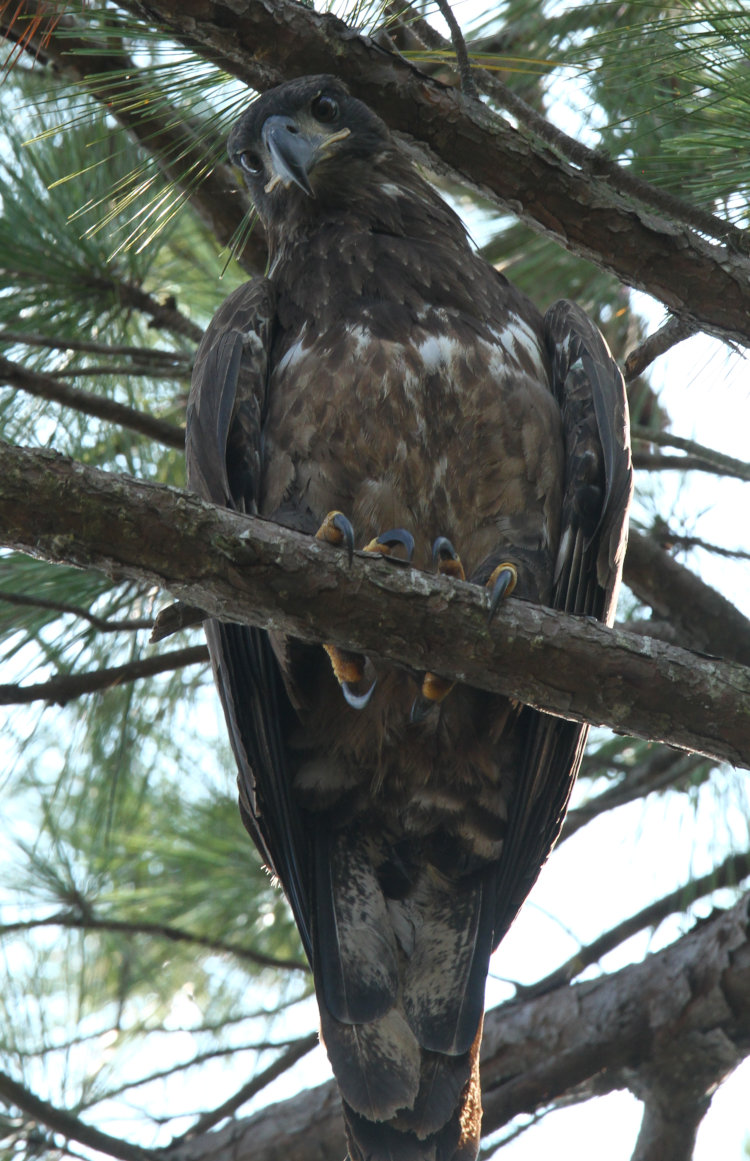
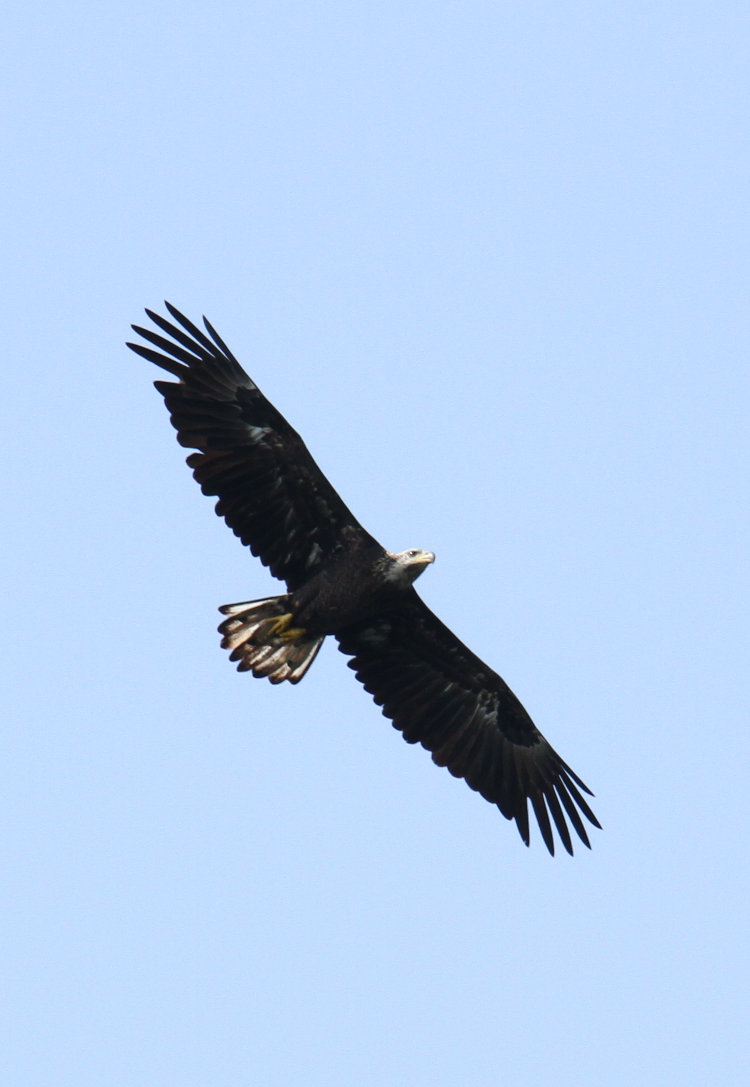
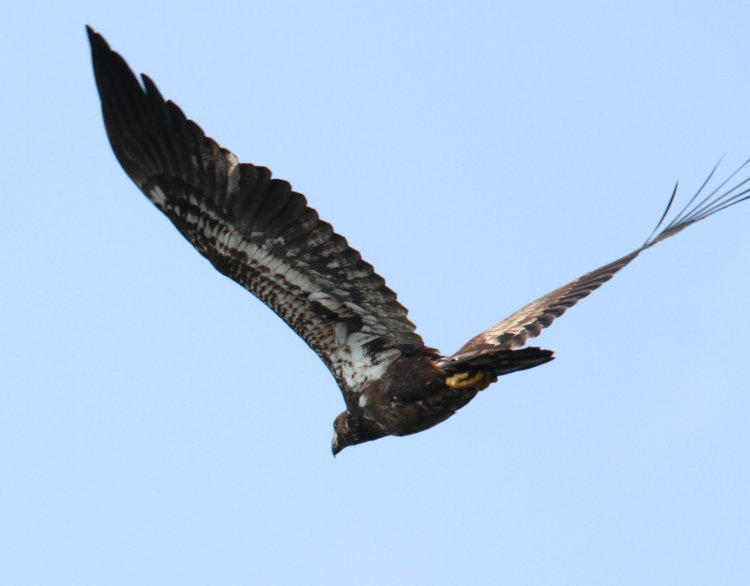
 Now, we did get a few pics of the ISS passing, quite some distance away, so we’re not talking great detail here. This is at full resolution, but I’d also started backing off from 600mm because, as it was passing near the moon, I thought I might be able to get both in the frame at least. This was a waste of time, and I did not track back out to 600mm for this shot. Now, I would have thought it would be sharper, since I had meticulously focused on the moon for maximum sharpness, but there’s something that I’ve noticed with the Tamron 150-600 G2: it’s extremely sensitive to small tweaks of focus near the ‘infinity’ point – which is why I meticulously focused in the first place, shooting a frame and then chimping at it (which Mr Bugg failed to catch) at high magnification on the LCD to ensure it was as sharp as possible; repeat as needed. So is it so sensitive that the ISS, considerably closer than the moon yet still a few hundred kilometers off, was faintly defocused? I can’t be sure without more testing, and there aren’t too many subjects I can test with that are a few hundred kilometers off, you know? Certainly none that will hold still.
Now, we did get a few pics of the ISS passing, quite some distance away, so we’re not talking great detail here. This is at full resolution, but I’d also started backing off from 600mm because, as it was passing near the moon, I thought I might be able to get both in the frame at least. This was a waste of time, and I did not track back out to 600mm for this shot. Now, I would have thought it would be sharper, since I had meticulously focused on the moon for maximum sharpness, but there’s something that I’ve noticed with the Tamron 150-600 G2: it’s extremely sensitive to small tweaks of focus near the ‘infinity’ point – which is why I meticulously focused in the first place, shooting a frame and then chimping at it (which Mr Bugg failed to catch) at high magnification on the LCD to ensure it was as sharp as possible; repeat as needed. So is it so sensitive that the ISS, considerably closer than the moon yet still a few hundred kilometers off, was faintly defocused? I can’t be sure without more testing, and there aren’t too many subjects I can test with that are a few hundred kilometers off, you know? Certainly none that will hold still.
